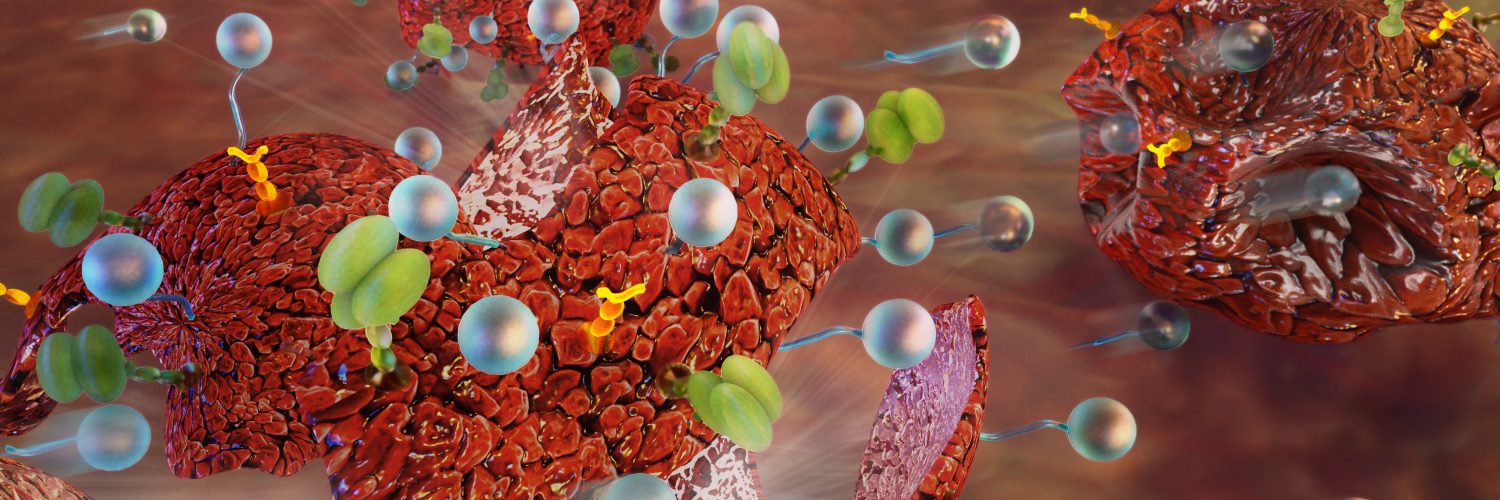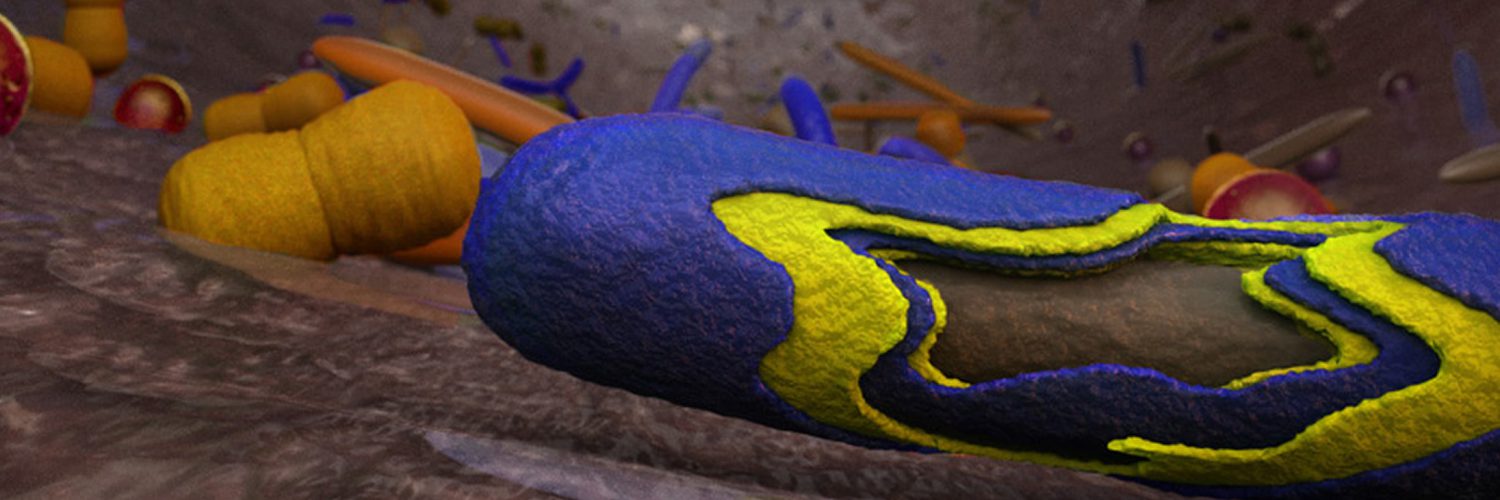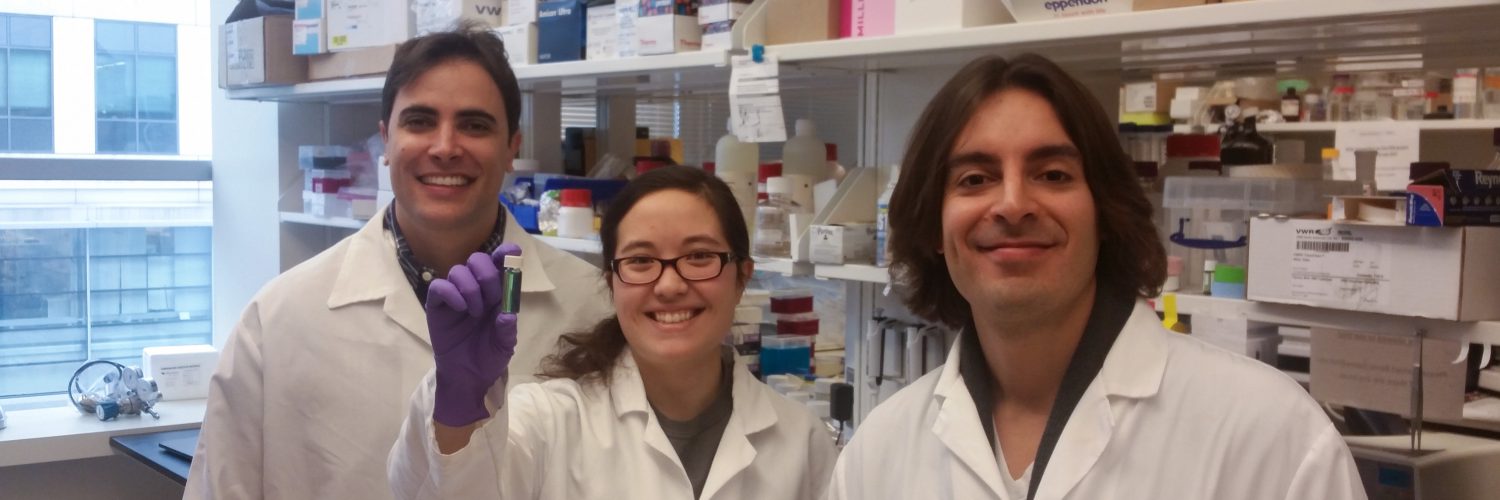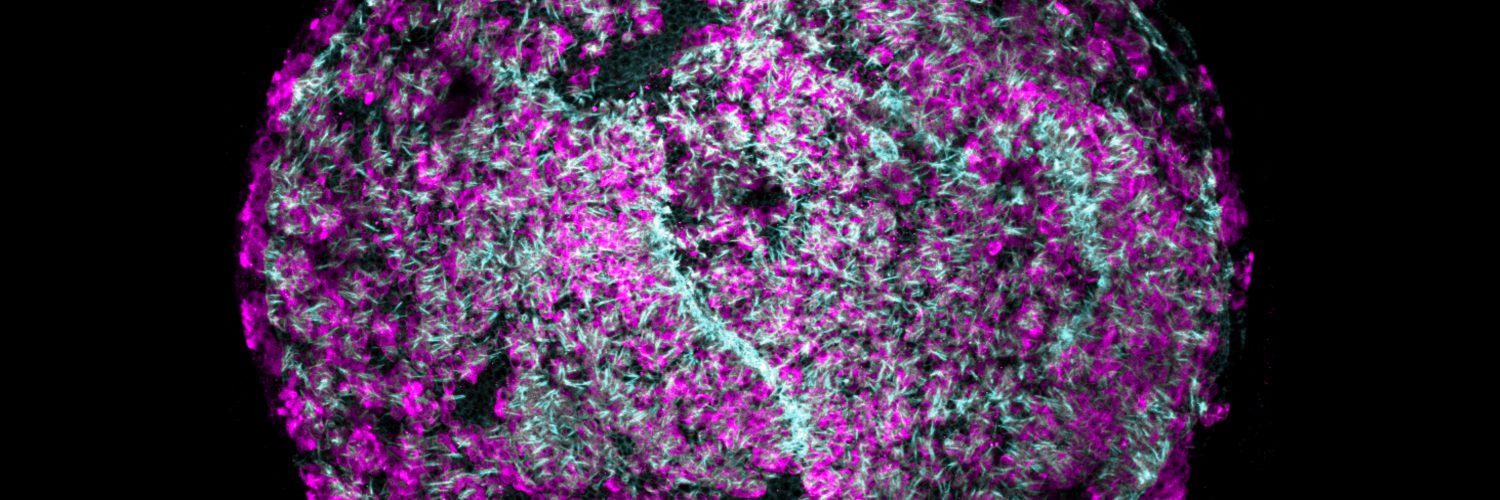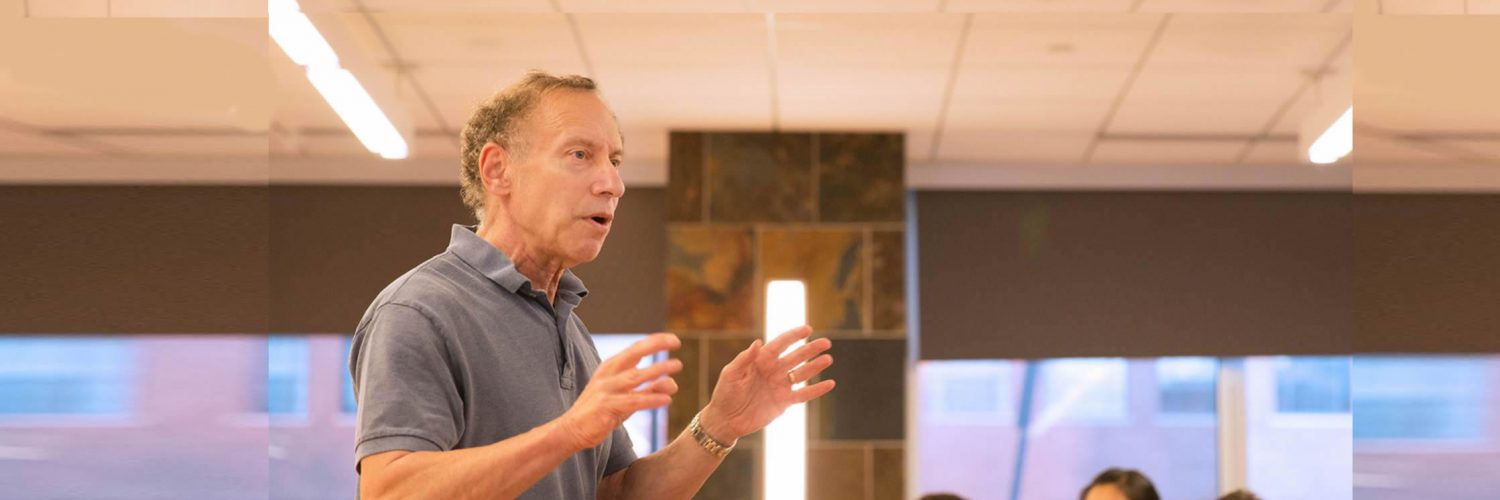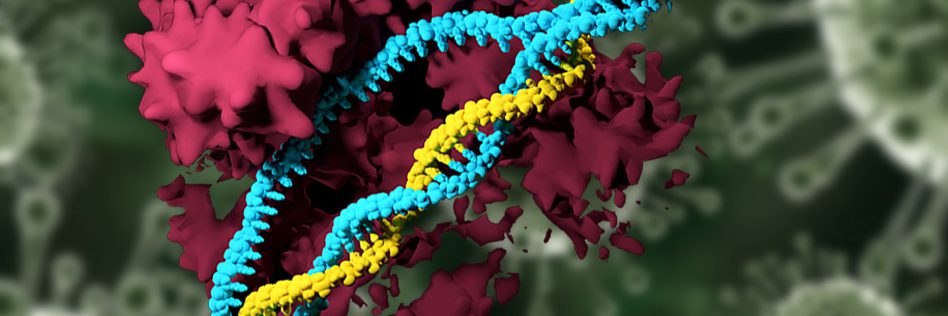Research Overview
Our work is at the interface of biotechnology and materials science. A major focus is the study and development of polymers to deliver drugs, particularly genetically engineered proteins, DNA and RNAi, continuously at controlled rates for prolonged periods of time. Work is in progress in the following areas.
- Investigating the mechanism of release from polymeric delivery systems with concomitant microstructural analysis and mathematical modeling
- Studying applications of these systems including the development of effective long-term delivery systems for insulin, anti-cancer drugs, growth factors, gene therapy agents and vaccines
- Developing controlled release systems that can be magnetically, ultrasonically, or enzymatically triggered to increase release rates

